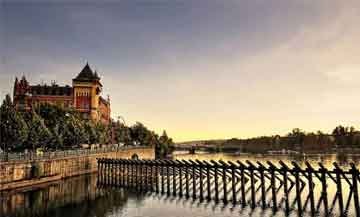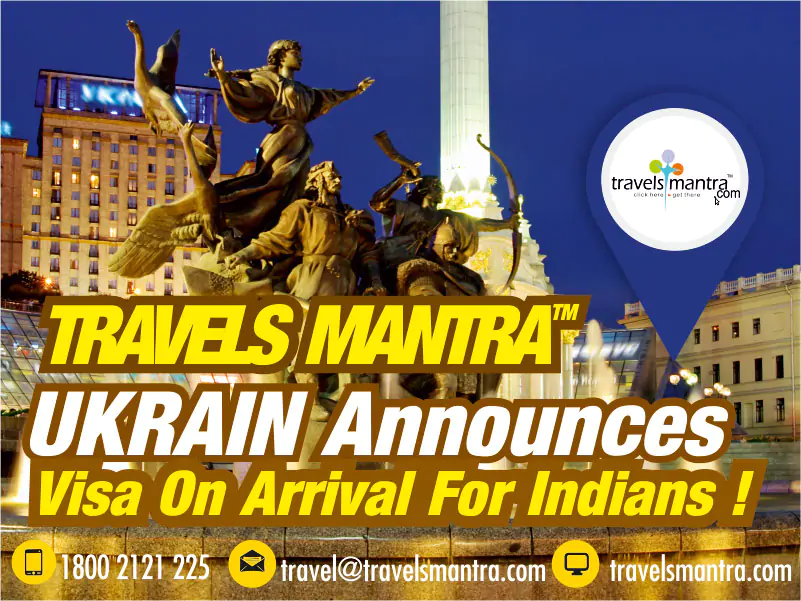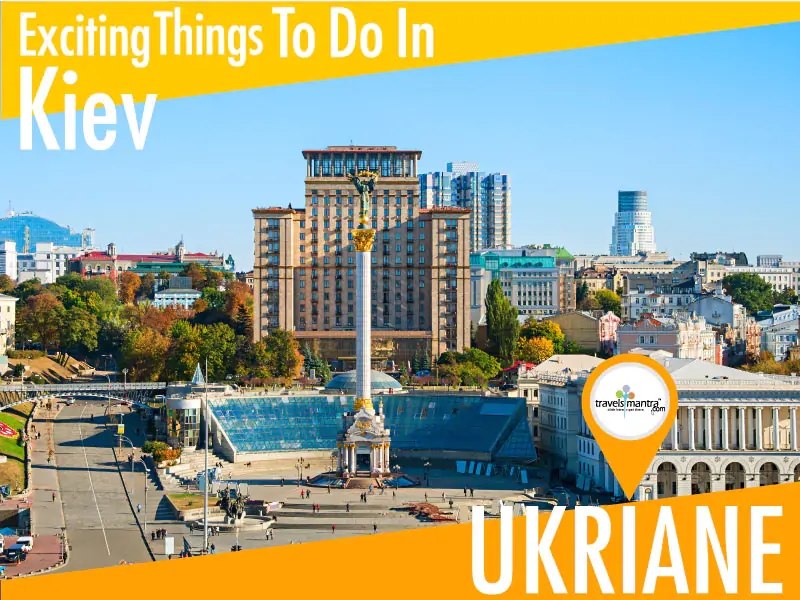Welcome To Czech Republic – 13 Places To Visit In Czech Republic
The Czech Republic situated in Central Europe known for Ornate Castles, local brews and long history. From the Celtic and Germanic tribes, establishing to the Protestant Reformation and Communism. Prague, the capital, is home to a 9th-century castle, preserved medieval Old Town and statue-lined Charles Bridge. Český Krumlov is a living gallery of Renaissance-era buildings housing restaurants and shops.
13 Places To Visit In Czech Republic
1) Prague
2) Brno
3) Kutna Hora
4) Moravia
5) Cresky Kumlov
6) Karlovy Vary
7) Marianske Lazne
8) Bohemian Paradise
9) Telc
10) Sumnava National Park
11) South Moravian Region
12) Pilsen
13) Mikulov
History Of Czech Republic
Czechs are West Slavs, as are Poles and Slovaks. Prague The capital of Czech Republic called “The Heart of Europe” located in the middle of the European Continent. There are over 10,5 million people in the Czech Republic and about 1,3 million people in Prague. Western part of the Czech Republic is called Bohemia, eastern Moravia, north eastern part Silesia.
Around the 4th century B.C. the present-day Czech Republic was populated by Celts. They were the first ethnic group to arrive in the area, according to historical evidence. The Celtic Boii tribe gave the country its Latin name – Boiohaemum (Bohemia). They were pushed out by the German tribes (Marcomanni, Quidi) before the beginning of our era.
The end of 5th and beginning of 6th century, Slavs settled in the territory of Bohemia and Moravia the period known as the Migration of Peoples. The first half of the 7th century marks the first successful attempt to unite Slavonic tribes. The so-called, “Samo’s kingdom” resisted the pressure of the powerful Avar empire, centered in the Hungarian lowlands, and defended its territory against the forces of the Frank attackers, from the west, with partial success.
At the end of 5th and the beginning of 6th century, Slavs settled in the territory of Bohemia and Moravia during the period known as the Migration of Peoples. The first half of the 7th century marks the first successful attempt to unite Slavonic tribes. The so-called “Samo’s kingdom” resisted the pressure of the powerful Avar empire, centred in the Hungarian lowlands. Defended its territory, against the forces of the Frank attackers, from the west, with partial success. The Great Moravian Empire (the last two-thirds of the 9th century – destroyed by the Magyars in the years 903-907).
The culture of the Great Moravian Empire greatly influenced the development of culture and religion among the Eastern and Southern Slavs in the Middle Ages. In 863, the Byzantine Christian missionaries Constantin and Methodius came to Moravia to introduce Slavic liturgy there. Very soon the influence of the Roman Catholic Church, expanded, proving to be decisive in the course of the history of Bohemia and Moravia.
Culture Of Czech Republic
The term “Czech” refers to the cultural characteristics of the Czech-speaking inhabitants of the Czech Republic ( Česká republika ), which includes Bohemia ( Čechy ), the larger western part, and Moravia ( Morava ), the eastern part. Northern Moravia includes Silesia ( Slezsko ), a historical region that lies mostly in southwestern Poland. The Silesians ( Slezané ) of the Czech Republic tend to maintain their ethnic character, but many agree that they constitute a subculture within the Czech culture.
Alternative Names
Czechs call their culture česká kultura . The historical and geographic term “Bohemian” is misleading, as it not only excludes Czech-speaking Moravians but includes members of several ethnic minorities that live in Bohemia but do not speak Czech.
Identification of Czech People
The origin of the words Čechy (Bohemia ( Čech (Czech) is not clear. Čechy originally may have referred to a dry place, or it may have been a place-name that eventually gave rise to the name of its inhabitants. Alternatively, the ethnic designation Čech (pl. Češi or Čechové ) is explained as an abbreviated pet name for a groom (a person responsible for the care of horses, čeledín ), or it might have been someone’s name. The words Čech , hemia) and C Čechy , and česká (“Czech” or “Bohemian”) first occur in the oldest rhymed Czech chronicle ( Dalimilova kronika ), which dates back to the beginning of the fourteenth century.
Location and Geography
The area of the Czech Republic is 30,450 square miles (78,866 square kilometers), with Bohemia being twice as large as Moravia. The republic is bounded by Poland on the north, Germany on the northwest and southwest, Austria on the south, and the Slovak Republic on the east.
Bohemia ringed low mountain ranges, Sněžka in the north is the highest point at 5,256 feet (1,602 meters). The chief rivers are the Labe (Elbe) and its main tributaries, the Vltava (Moldau) and the Ohře (Eger); the Elbe flows into the North Sea. Moravia’s dominant geographic feature is the basin of the Morava River, which empties into the Danube west of Bratislava, the capital of the Slovak Republic.
Demography
The population of the Czech Republic in 1999 was about 10.3 million according to the Statistical Yearbook of the Czech Republic (in recent years there have been small population losses). The ethnic composition is 94 percent Czech (Moravians and Bohemian Czechs), 3 percent Slovak, 0.6 percent Polish, 0.5 percent German, 0.3 percent Romany (Gypsy) officially but perhaps as much as 2.5 percent, and about 0.4 percent Ukrainian. Other ethnic minorities are numerically insignificant. For example, the Jewish population is probably no more than 12,000 because, over 80,000 Jews died in Nazi concentration, camps, during World War II.
The fringe areas possessed numerous German-talking individuals in the second 50% of the twelfth century, were resettled after World War II by Czechs after about three million Bohemian and Moravian Germans were removed or cleared out.













